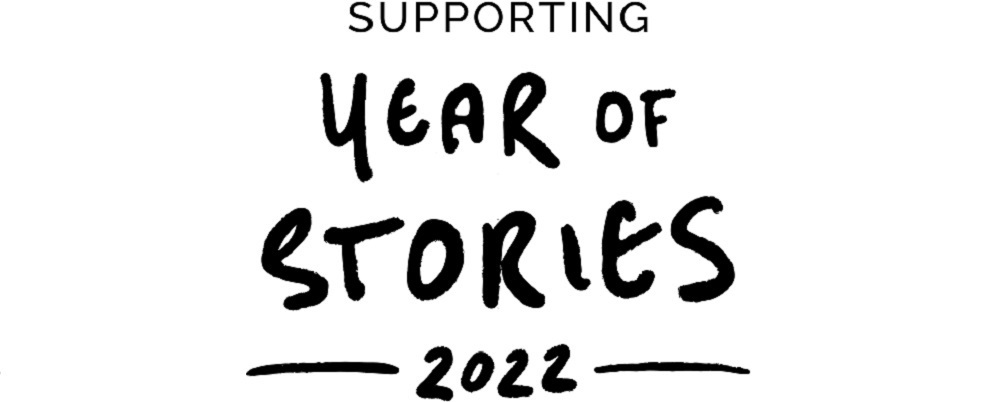The Book of Kells
Iona has an enduring legacy of spirituality and pilgrimage, one that continues to this very day. The religious centre of the island is Iona Abbey, which stands on the site of the former monastery founded by Saint Columba in 563. It is also believed to be the original home of the Book of Kells.
What is the Book of Kells?
One of the greatest treasures of its kind, the Book of Kells is an illuminated religious manuscript from the medieval period. Written in Latin, it contains the four Gospels of the New Testament and would have been crafted by the Celtic monks in the Columban monastery on Iona, circa 800.
Where is the Book of Kells?
From 795 onwards, Vikings began to strike Iona, and in the year 806 a single Viking raid killed 68 monks. At some point in the decades after, the survivors decided to leave the island and relocated to Ireland and a monastery at Kells. The prevailing theory is that the Book of Kells travelled with them, and was also possibly finished there. It remained at Kells for the next eight centuries – hence how it came to be known as the Book of Kells.
In the 1650s, during the invasion of Oliver Cromwell, it was sent to Dublin for safekeeping. Bishop Henry Jones (1605–1682), an alumnus and vice chancellor of Trinity College, donated it to the college’s library in 1661. It is still on display there today.
Creating the Book of Kells
The Book of Kells is written on vellum pages, historically a type of material made from prepared animal skin (for vellum it was usually calfskin) and used for many of the finer high-quality medieval manuscripts. It was done by three anonymous scribes, who are identified in the present day only as Hand A, Hand B, and Hand C.
The book measures 13x10 inches (33x25 cm), and of the hundred of pages each one is decorated in some way, whether with a large and lavish illustration or through adornment of the text itself. The painted images are intricate, with tiny details and embellishments from Celtic knots to peacocks and lions, in a variety of bright pigments. These accompany the Latin text: the complete gospels of Matthew, Mark, and Luke; part of John; and indexes, summaries and commentary.
It is incredibly complete for a text that is so old. While there are missing pages, this could be due to a theft of the book as early as the 11th century, which is recorded in the Annals of Ulster. The book was stolen from the church at Kells, and only recovered two months later, missing its bejewelled and golden binding. One theory is that the effort involved in separating the book from its cover also removed pages at the beginning and end.
The Book of Kells is primarily a piece of artwork, and that is where a great deal of the attention to detail has been applied. The text is secondary to the illustrations, evidenced by uncorrected mistakes in the text and missing features, such as a lack of chapter headings which would have made it more usable.
This indicates that the Book of Kells was intended as a showpiece, perhaps with religious significance of its own as it rested on the high altar. In this way the brilliant illustrations become even more important, because when it was brought down for Mass, those of the congregation who couldn’t read would understand the text through the vibrant images. It’s the same principle that inspired the decorations of the inside of churches, including stained glass scenes and wall paintings of specific passages from the Bible.

Explore Iona
Visit nowStay in touch
Be the first to hear about our latest news, get inspiration for great days out and learn about the work we do for the love of Scotland.